Poison Dart Frogs Are Becoming Popular Pets, but Just Touching Their Skin Could Kill You
Published Oct. 18 2023, 9:57 a.m. ET
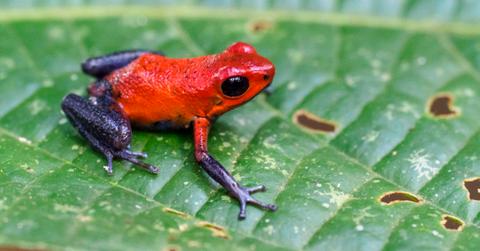
The Gist:
- Poison dart frogs are small but dangerous amphibians.
- A small interaction with poison dart frogs — of certain species — can be enough to kill a human.
- They are known for their brightly colored skin.
There are all kinds of dangerous amphibians in the world, and poison dart frogs are a fascinating addition to the group. They are known for their brightly colored yet small bodies. Being some of the most poisonous creatures in the world, it's best you keep your distance from them.
Even though these amphibians are small, there's so much to be in awe of with them. Here are 10 interesting facts about poison dart frogs that will make you fall in love.
Posion dart frogs get their name because of hunters.
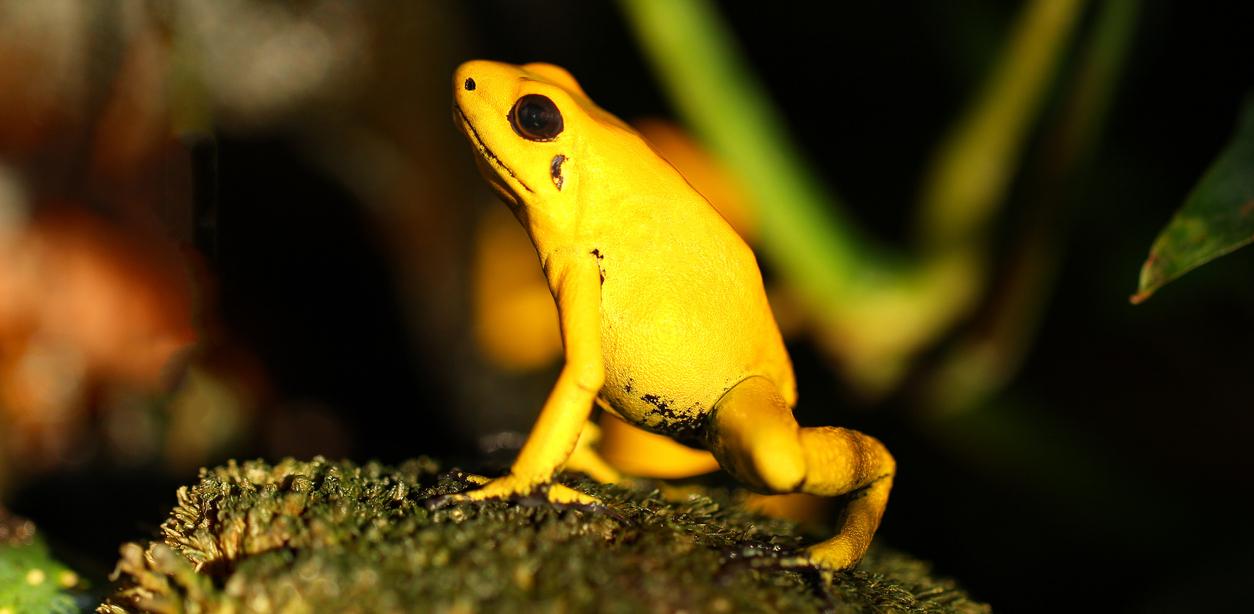
The Tennesse Aquarium states that poison dart frogs are named that because hunters in Central and South America use their poison to coat blowgun darts. But their scientific name is Dendrobates tinctorius or "Azureus."
Poison dart frogs are native to Central and South America.

These hunters have access to the poison dart frog's poison because that's where these amphibians live. They live in the wet tropical rainforests of Central and South America. The Blue Planet Aquarium states that although these frogs tend to stay close to the forest floor, they can climb trees up to about 10 meters high.
Poison dart frogs have a built-in warning sign.
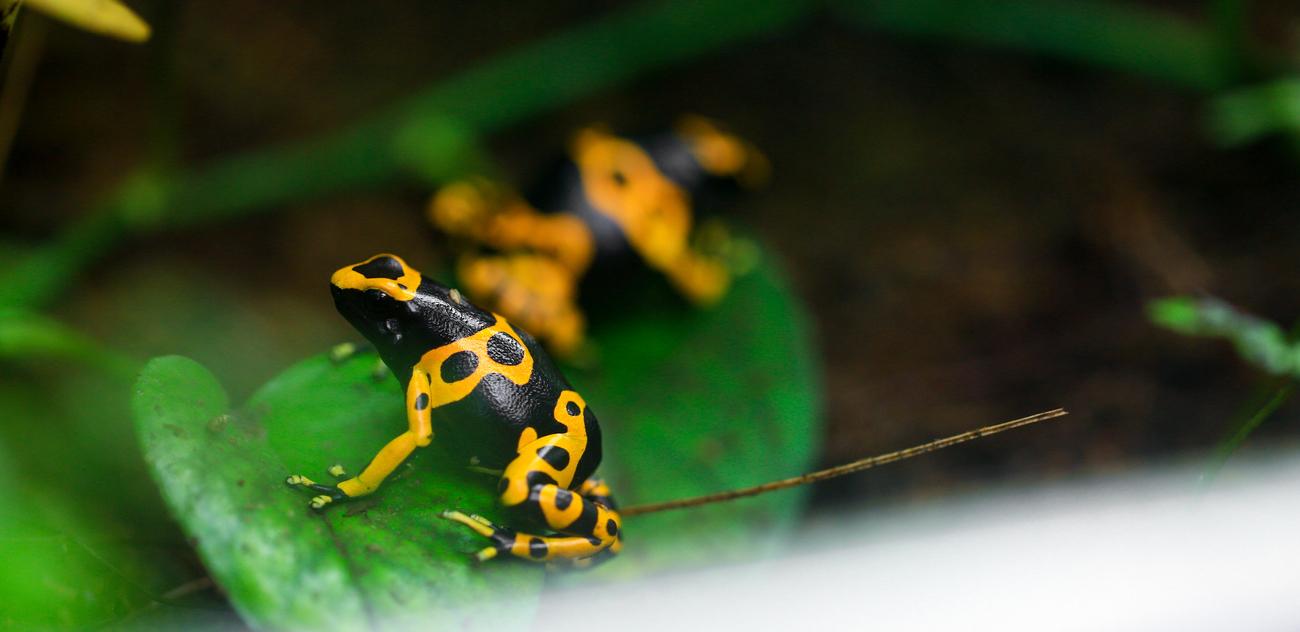
These frogs each have that trademark bright skin that acts as a warning for other animals to stay away from them. Science points out that these bright colors include shades of orange, blue, yellow, and more. Of course, many of them are a classic green shade. But sometimes, these colors attract other animals.
You should never touch a wild poison dart frog.

These frogs secrete their poison through their skin. Although most poison dart frogs bred in captivity aren't dangerous because of alterations to their diet, certain species of poison dart frogs in the wild can easily harm you if they touch you. McGill University states that even if one brushes against you, you may come in contact with enough poison to kill you.
These frogs may get their poison from their diets.
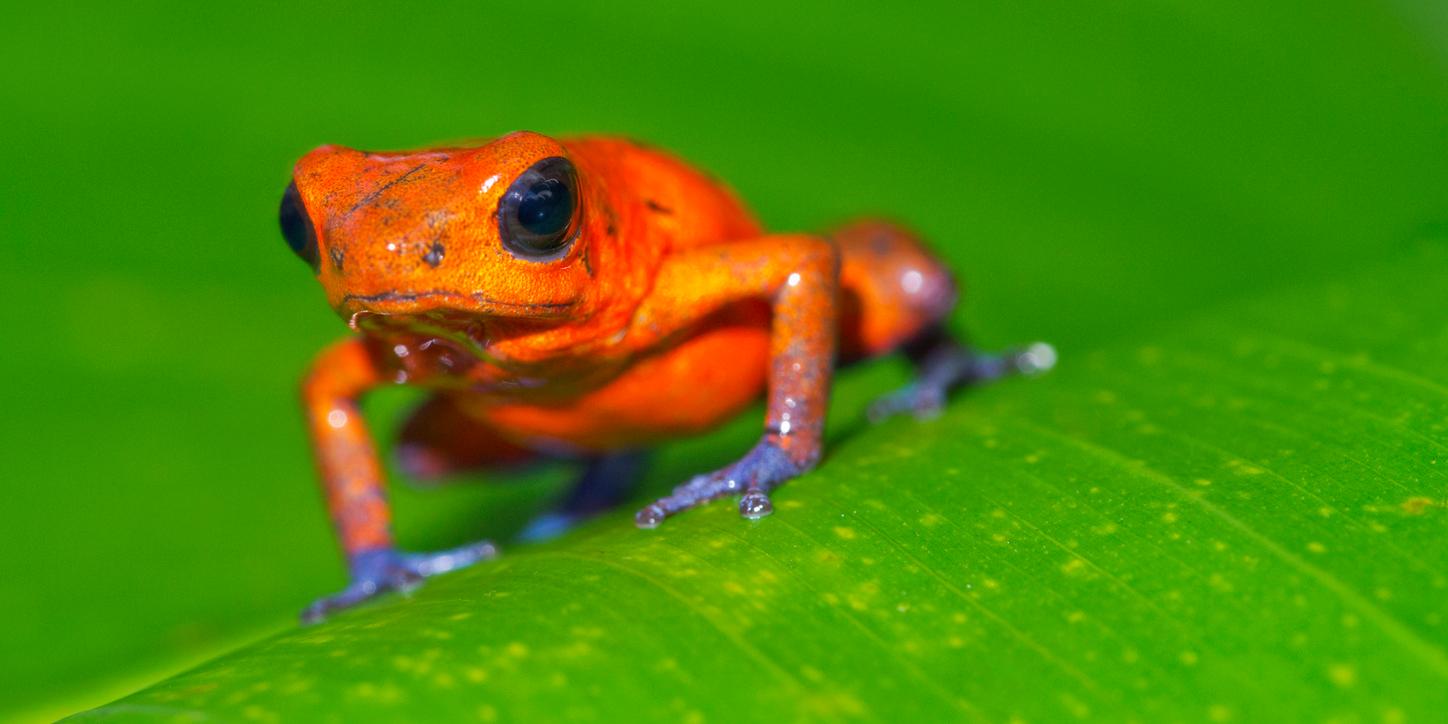
Zoo Atlanta states that it's not exactly clear how poison dart frogs get their poison, but many believe it's from their diets. In the wild, these frogs eat formicine ants and other smaller creatures that give them this dangerous coating on their skin. Poison dart frogs in captivity are fed different diets that help prevent them from being poisonous.
Poison dart frogs are very small.
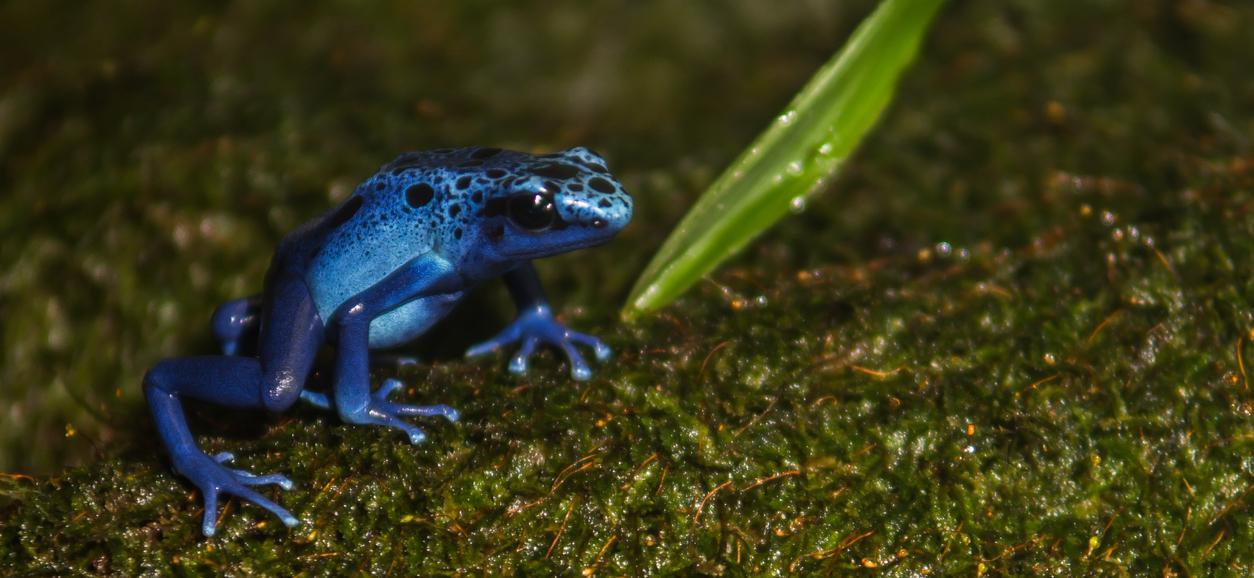
Smithsonian's National Zoo points out that poison dart frogs pack a mean punch for their small size. They are only around 0.75 to 1.5 inches long. That can make them even more dangerous for an unsuspecting person.
Poison dart frogs are endangered.
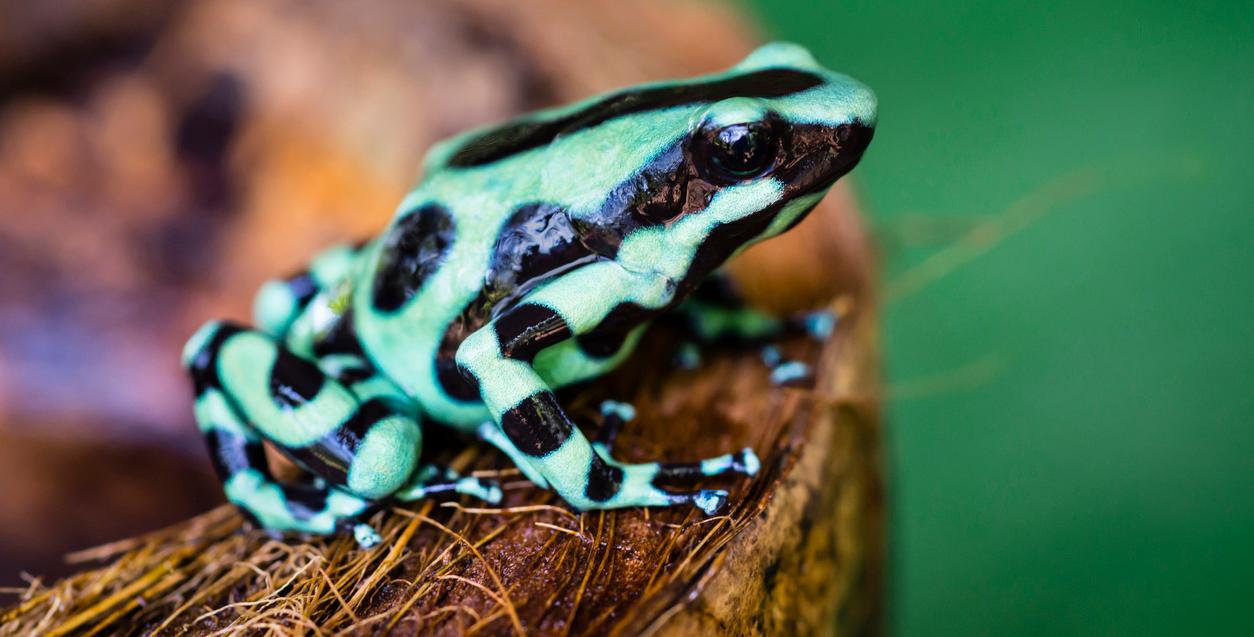
Blue Planet Aquarium also states that many poison dart frogs are endangered. Deforestation and other human environmental impacts are the main reasons for this.
The golden poison dart frog is the most toxic of them all.
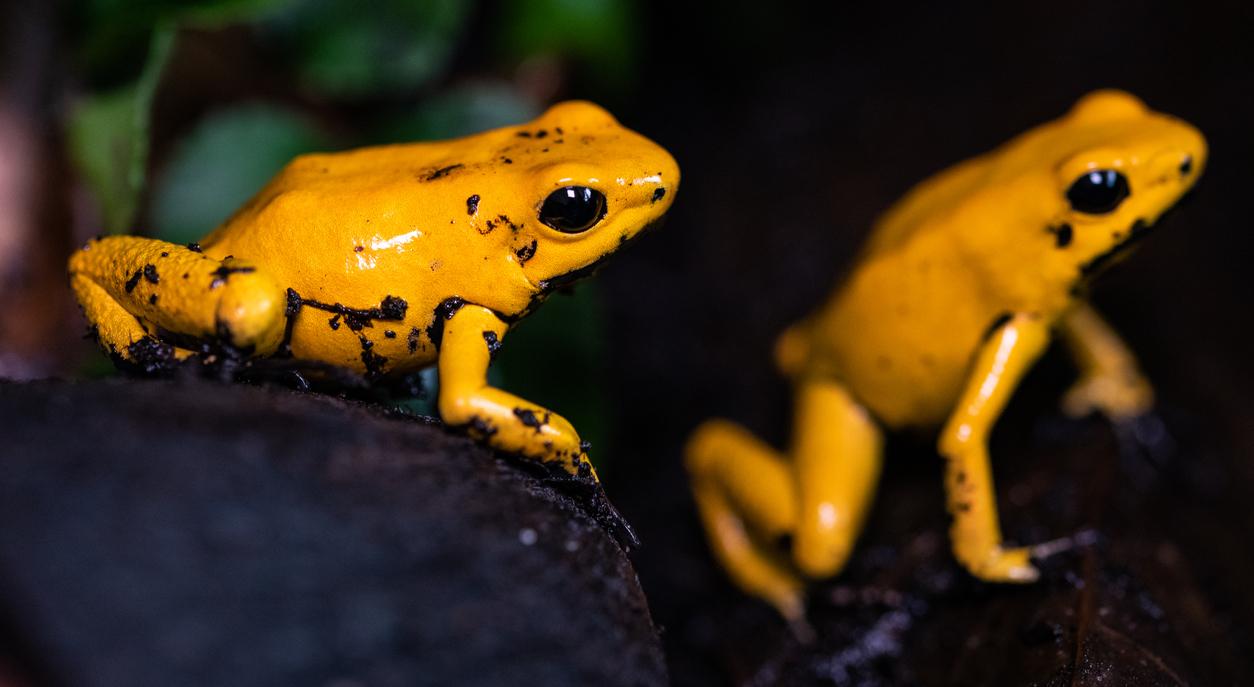
According to the London Aquarium, the golden poison dart frog, native to Colombia, has enough poison to kill 20 people. This poison is so strong it can kill a human in less than 10 minutes, according to ScienceAlert.
Poison dart frogs are being traded illegally.
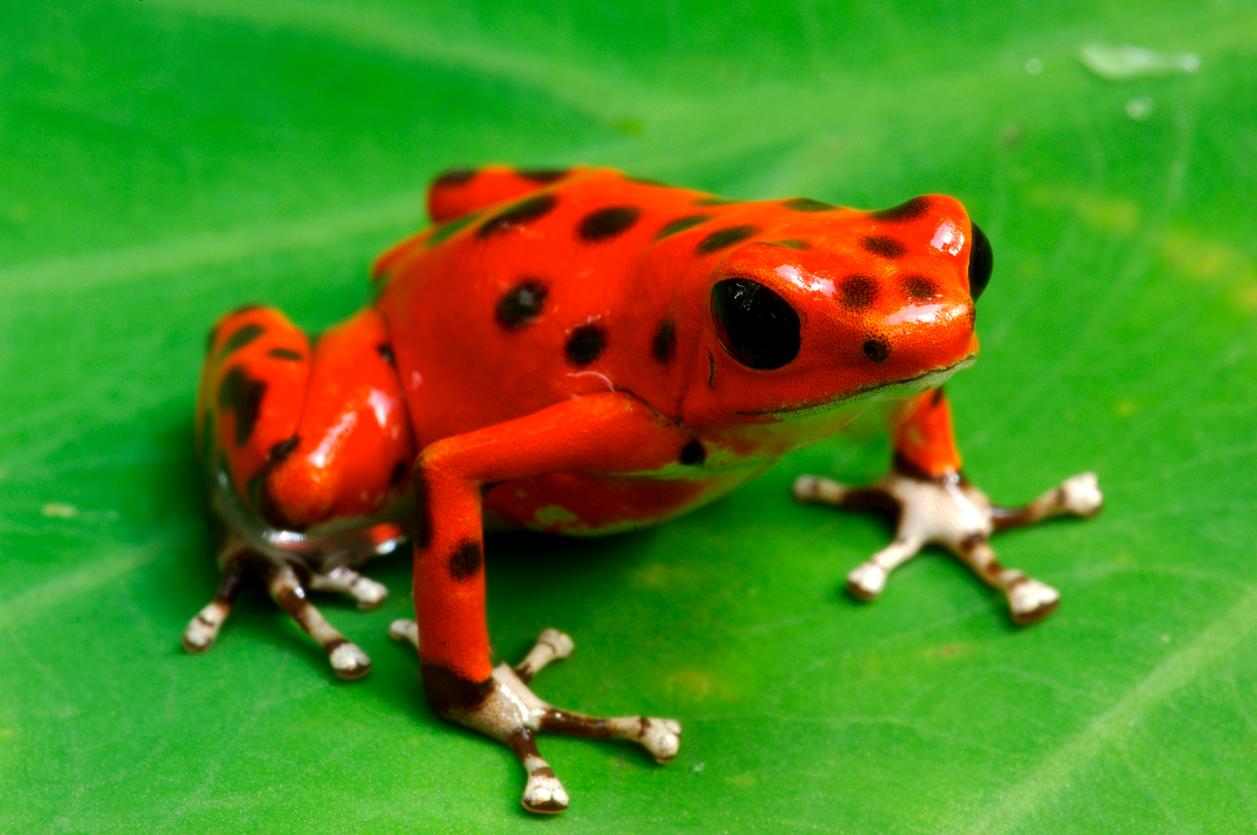
The London Aquarium also points out that poison dart frogs have become popular exotic pets over the years. This has also contributed to them becoming endangered.
The name poison dart frog actually refers to multiple frogs.
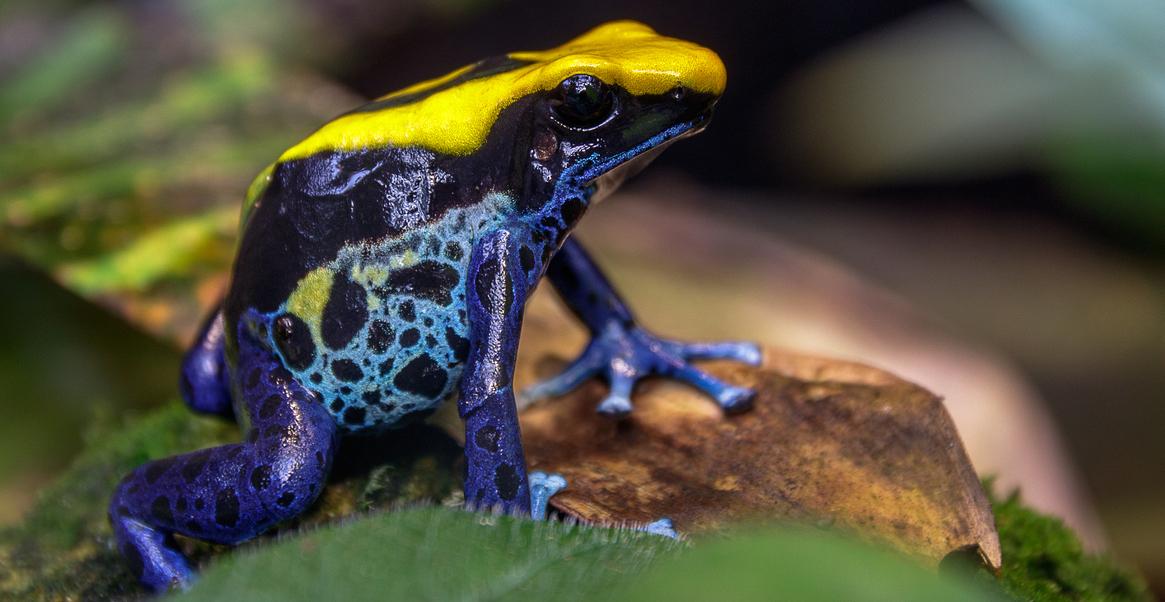
Poison dart frog is actually more of an umbrella term for the more than 100 types of these amphibians that we know of, according to the World Wildlife Fund.
This article has been updated.